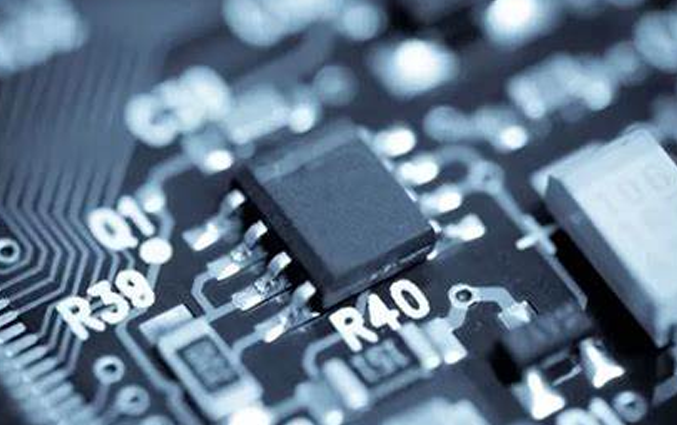Original News
We always adhere to the business philosophy of honesty, professionalism and sustainable development; we have a positive sales team that rise to challenges, and has firm belief, flexible policies, rich experience in technical support and excellent service attitude.
Power management IC classification and global IC manufacturers inventory

In all electronic devices and products, there is no shortage of power management ICs. With the rapid development of digital high-speed IC technology and chip manufacturing process technology, the role of high-performance power IC "helping out" becomes more and more important. The ever-changing application of electronic products and the rise of environmental protection, green and energy-saving demands have also put forward higher requirements for power ICs, catalysing the need for a new generation of highly integrated, high-performance and energy-efficient power management ICs, which have become eternal for power management IC manufacturers. mission.
The power management semiconductor clearly emphasizes the position and function of the power management integrated circuit (power management IC, referred to as the power management chip) in terms of the included devices. Power management semiconductors include two parts, namely power management integrated circuits and power management discrete semiconductor devices.
Power management integrated circuits include many categories, roughly divided into two aspects: voltage regulation and interface circuits. The voltage regulator includes a linear low-dropout regulator (ie LOD), and a series of positive and negative output circuits. In addition, there are no pulse-width modulation (PWM)-type switching circuits.
Due to technological progress, the physical size of the digital circuits in the integrated circuit chip is getting smaller and smaller, so the working power supply is developing towards low voltage, and a series of new voltage regulators have emerged as the times require. The interface circuits for power management mainly include interface drivers, motor drivers, power field effect transistor (MOSFET) drivers, high-voltage/high-current display drivers, and so on.
Discrete semiconductor devices for power management include some traditional power semiconductor devices, which can be divided into two categories, one includes rectifiers and thyristors; the other is triode type, including power bipolar transistors, and MOS structure Power Field Effect Transistor (MOSFET) and Insulated Gate Bipolar Transistor (IGBT), etc.
To some extent, it is precisely because of the massive development of power management ICs that power semiconductors have been renamed power management semiconductors. It is precisely because so many integrated circuits (ICs) have entered the field of power supply that people call the current power supply technology more by power management.
Classification of power management ICs
The dominant part of the power management semiconductor book is the power management IC, which can be roughly summarized into the following 8 types.
AC/DC modulation IC. Contains low-voltage control circuit and high-voltage switch transistors.
DC/DC modulation IC. Including boost/buck regulators, and charge pumps.
Power factor control PFC pre-modulation IC. Provide power input circuit with power factor correction function.
Pulse modulation or pulse amplitude modulation PWM/PFM control IC. It is a pulse frequency modulation and/or pulse width modulation controller for driving external switches.
Linear modulation IC (such as linear low-dropout regulator LDO, etc.). Including positive and negative regulators, and low-dropout LDO modulator tubes.
Battery charging and management IC. Including battery charging, protection and power display IC, as well as battery data communication "smart" battery IC.
Hot-swap control IC (avoid the influence of inserting or unplugging another interface from the working system).
MOSFET or IGBT switching function IC.
Among these power management ICs, voltage regulation ICs are the fastest growing and most productive part. Various power management ICs are basically related to some related applications, so more types of devices can be listed for different applications. The technical trend of power management is high efficiency, low power consumption, and intelligence.
- Tel: +86-755-82768736
- Fax: +86- 0755-82532835
- Address: A728-729 (Headquarters), Automobile Building, No. 45 Yannan Road, Futian District, Shenzhen
